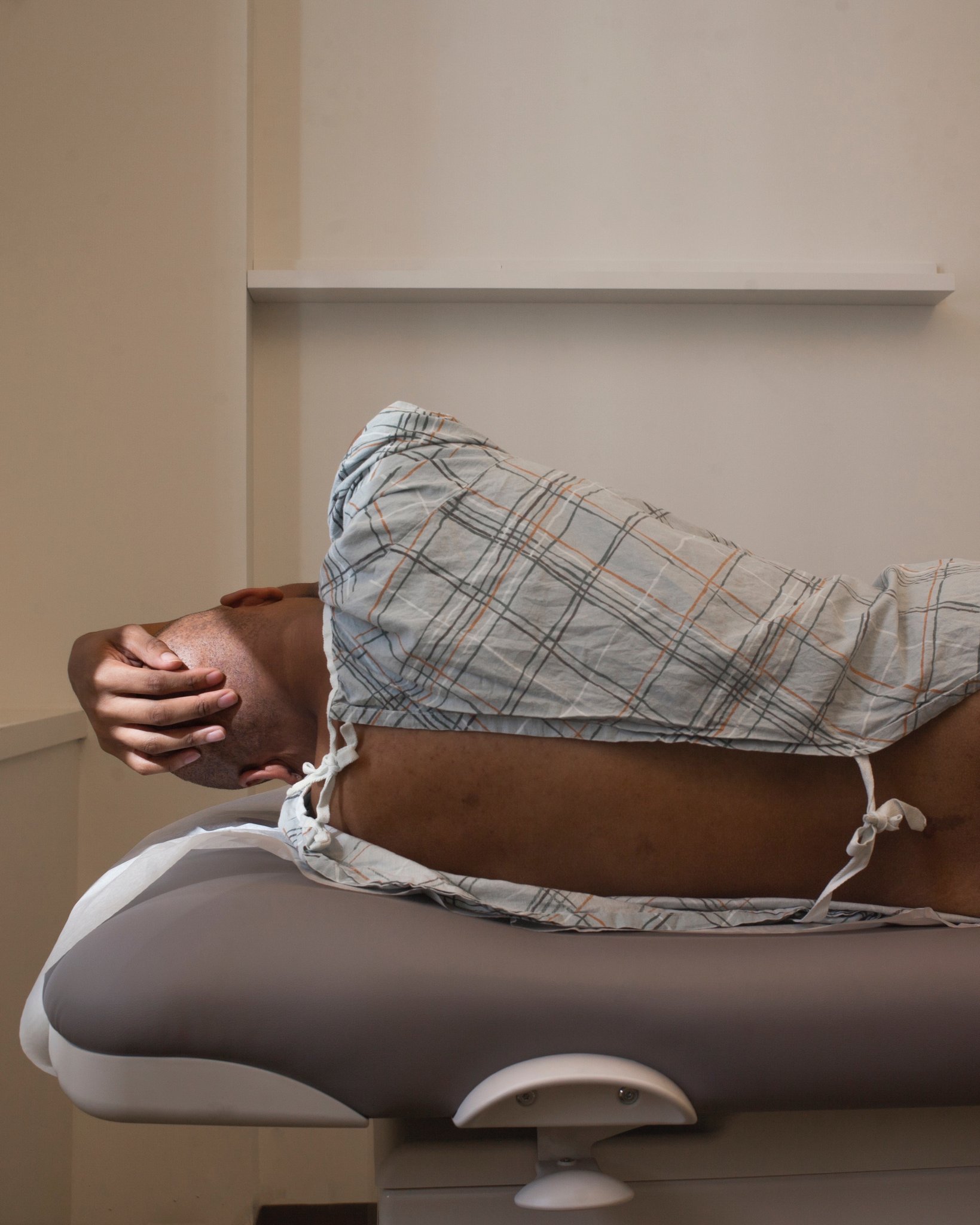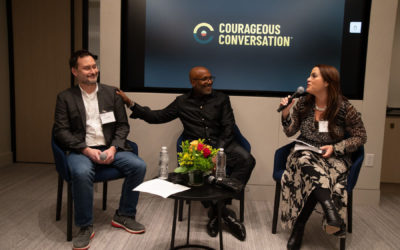By Jeneen Interlandi—Aug. 14, 2019
The smallpox virus hopscotched across the post-Civil War South, invading the makeshift camps where many thousands of newly freed African-Americans had taken refuge but leaving surrounding white communities comparatively unscathed. This pattern of affliction was no mystery: In the late 1860s, doctors had yet to discover viruses, but they knew that poor nutrition made people more susceptible to illness and that poor sanitation contributed to the spread of disease. They also knew that quarantine and vaccination could stop an outbreak in its tracks; they had used those very tools to prevent a smallpox outbreak from ravaging the Union Army.
Smallpox was not the only health disparity facing the newly emancipated, who at the close of the Civil War faced a considerably higher mortality rate than that of whites. Despite their urgent pleas for assistance, white leaders were deeply ambivalent about intervening. They worried about black epidemics spilling into their own communities and wanted the formerly enslaved to be healthy enough to return to plantation work. But they also feared that free and healthy African-Americans would upend the racial hierarchy, the historian Jim Downs writes in his 2012 book, “Sick From Freedom.”
Federal policy, he notes, reflected white ambivalence at every turn. Congress established the medical division of the Freedmen’s Bureau — the nation’s first federal health care program — to address the health crisis, but officials deployed just 120 or so doctors across the war-torn South, then ignored those doctors’ pleas for personnel and equipment. They erected more than 40 hospitals but prematurely shuttered most of them.
White legislators argued that free assistance of any kind would breed dependence and that when it came to black infirmity, hard labor was a better salve than white medicine. As the death toll rose, they developed a new theory: Blacks were so ill suited to freedom that the entire race was going extinct. “No charitable black scheme can wash out the color of the Negro, change his inferior nature or save him from his inevitable fate,” an Ohio congressman said.
One of the most eloquent rejoinders to the theory of black extinction came from Rebecca Lee Crumpler, the nation’s first black female doctor. Crumpler was born free and trained and practiced in Boston. At the close of the war, she joined the Freedmen’s Bureau and worked in the freed people’s communities of Virginia. In 1883, she published one of the first treatises on the burden of disease in black communities. “They seem to forget there is a cause for every ailment,” she wrote. “And that it may be in their power to remove it.”
In the decades following Reconstruction, the former slave states came to wield enormous congressional power through a voting bloc that was uniformly segregationist and overwhelmingly Democratic. That bloc preserved the nation’s racial stratification by securing local control of federal programs under a mantra of “states’ rights” and, in some cases, by adding qualifications directly to federal laws with discriminatory intent.
As the Columbia University historian Ira Katznelson and others have documented, it was largely at the behest of Southern Democrats that farm and domestic workers — more than half the nation’s black work force at the time — were excluded from New Deal policies, including the Social Security and Wagner Acts of 1935 (the Wagner Act ensured the right of workers to collective bargaining), and the Fair Labor Standards Act of 1938, which set a minimum wage and established the eight-hour workday. The same voting bloc ensured states controlled crucial programs like Aid to Dependent Children and the 1944 Servicemen’s Readjustment Act, better known as the G.I. Bill, allowing state leaders to effectively exclude black people.
Read more at the New York Times Magazine.




